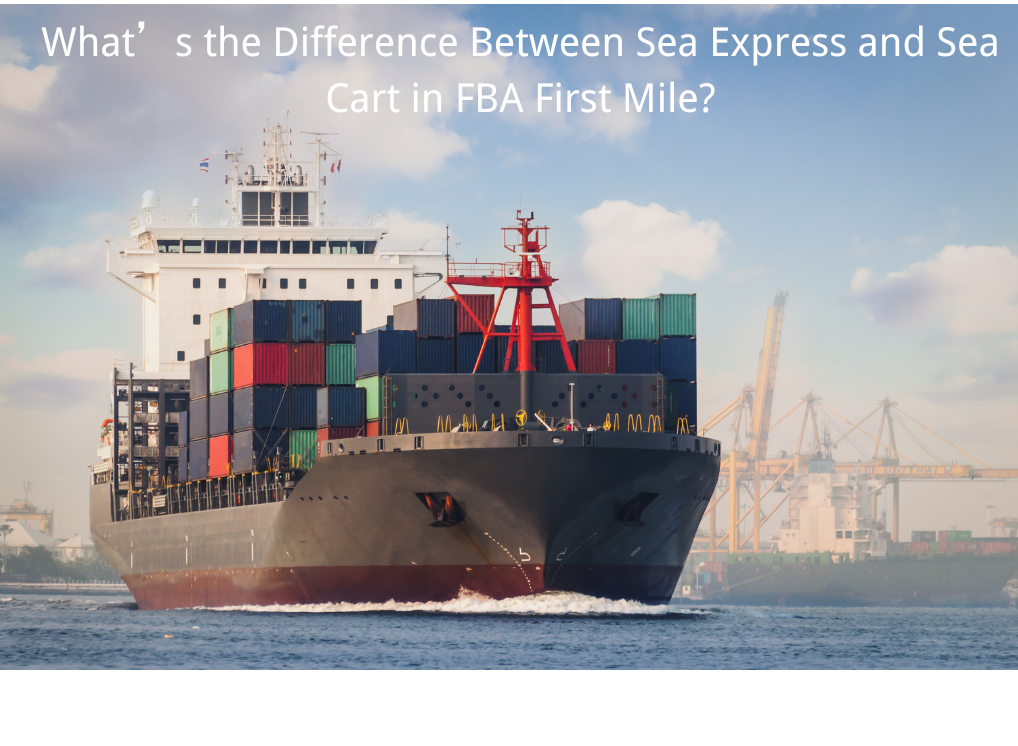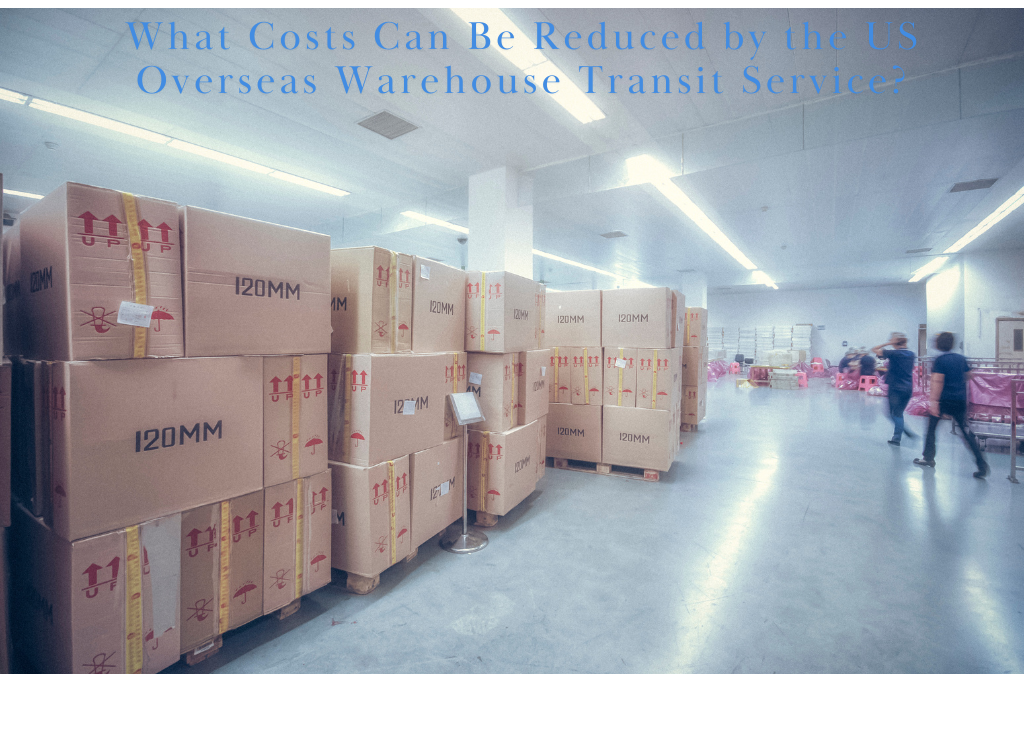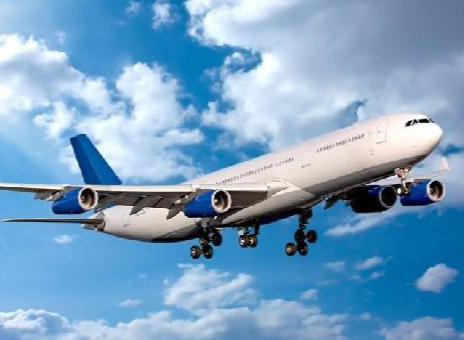FBA LCL Quote
FBA 40HQ FCL Quote
Hey there, Amazon sellers! If you're working with a freight forwarder in China to ship your FBA inventory and wondering whether to choose tax-inclusive or tax-exclusive shipping, you're not alone.
As someone who's been coordinating with Chinese freight forwarders for years, I can tell you that making the right choice can significantly impact your bottom line.
China remains the go-to sourcing destination for most Amazon sellers, and finding the right shipping solution with a reliable freight forwarder in China is crucial for your business success. Let's break down everything you need to know in plain English.
What's the Deal with Tax-Inclusive vs Tax-Exclusive Shipping?
Before diving into the specifics, let's get clear on what these options really mean for you as a seller. Think of it like choosing between an all-inclusive resort vacation versus planning each part of your trip separately. Each has its perks and drawbacks, and what works best depends on your situation. Let's explore both options in detail:
Tax-Inclusive (The "Easy Button" Option)
Think of tax-inclusive shipping as the "all-you-can-eat buffet" of shipping options. You pay one price, and everything's taken care of. Here's what you get:
🏷️ All taxes and customs duties included
📦 Door-to-door service
😌 Zero paperwork headaches
⚡ Faster processing (usually)
Real talk: Yes, you might pay a bit more upfront, but the peace of mind can be worth its weight in gold, especially if you're new to the game.
Tax-Exclusive (The DIY Approach)
This is like buying the ingredients and cooking yourself - more work, but potentially cheaper. You'll need to:
📋 Handle your own customs paperwork
💰 Pay taxes and duties separately
🧮 Calculate fees yourself
🤓 Understand international shipping regulations
Pro tip: If you're good with numbers and don't mind some extra work, this could save you some serious cash.
Making the Right Choice: Real Scenarios
Let's look at some real-world examples to help you understand how these options play out in practice. I've worked with hundreds of sellers, and these scenarios come up time and time again. By seeing how other sellers have handled similar situations, you can better gauge what might work for your business:
Scenario 1: The New Seller
Meet Sarah, who just started selling yoga mats on Amazon:
Limited experience with international shipping
Small initial inventory
Tight budget but values peace of mind ➡️ Best Choice: Tax-inclusive. The extra cost is worth avoiding potential costly mistakes.
Scenario 2: The Experienced Seller
Meet Mike, who's been selling electronics for 3 years:
Knows the ins and outs of customs
Ships large volumes regularly
Has a dedicated logistics team ➡️ Best Choice: Tax-exclusive. The savings on bulk shipments can be substantial.
Smart Decision Factors (The Practical Stuff)
Now that we've covered the basics and seen some real examples, let's dive into the nitty-gritty factors that should influence your decision. These are the practical considerations that can make or break your shipping strategy:
Know Your Numbers
Before choosing, ask yourself:
What's your profit margin per product?
How much volume are you shipping?
Can you handle delays if something goes wrong?
Consider Your Product Type
Some products are more complicated than others:
📱 Electronics: Often have special requirements
👕 Clothing: Usually straightforward
🧪 Beauty products: May need special documentation
Time vs Money
Be honest about your situation:
How valuable is your time?
Do you have the expertise to handle shipping logistics?
What's your tolerance for paperwork?
Pro Tips from Experienced Sellers
Drawing from years of collective experience in the Amazon FBA community, here are some golden nuggets of wisdom that can save you time, money, and headaches:
Start Smart: If you're new, begin with tax-inclusive until you learn the ropes
Do the Math: Calculate total costs for both options with your actual products
Plan Ahead: Consider peak seasons when shipping times matter more
Build Relationships: Good shipping partners can offer better rates over time
Red Flags to Watch Out For
When evaluating your shipping options, there are certain warning signs you should never ignore. Here's what to look out for:
Tax-Inclusive Warning Signs:
Prices that seem too good to be true
Unclear terms about liability
Poor communication
Tax-Exclusive Pitfalls:
Hidden fees popping up
Complicated paperwork requirements
Unclear customs procedures
Making Your Final Decision
After considering all the factors above, you're probably getting closer to a decision. Here's a framework to help you make the final call:
Ask yourself these questions:
Do I have time to manage shipping details?
Am I comfortable with customs procedures?
How much can I afford to spend upfront?
What's my risk tolerance?
The Bottom Line
Every business is unique, but here's a straightforward way to make your choice:
Choose Tax-Inclusive if:
You're new to FBA
Value simplicity over savings
Ship irregular volumes
Want predictable costs
Choose Tax-Exclusive if:
You're experienced in shipping
Have time for management
Ship large volumes
Want to maximize savings
Remember: Your choice isn't permanent. Many successful sellers start with tax-inclusive and switch to tax-exclusive as they gain experience. The key is making an informed decision based on your current situation and goals.
What's Next?
Now that you've got all the information you need to make an informed choice, here's how to move forward:
Get quotes from multiple providers
Read all terms carefully
Start with a small shipment to test the waters
Keep track of all costs for future reference
Ready to make your choice? Remember, the "best" option is the one that works for YOUR business right now. Don't get too caught up in what others are doing - focus on what makes sense for your situation.
FAQs
What is the difference between tax-inclusive and tax-exclusive shipping?
Tax-inclusive covers all taxes upfront; tax-exclusive requires separate handling of customs and duties.
Which shipping option is better for new Amazon sellers?
Tax-inclusive is often better for new sellers to avoid paperwork and potential customs issues.
Can I switch from tax-inclusive to tax-exclusive shipping later?
Yes, many sellers start with tax-inclusive and switch to tax-exclusive as they gain experience.



